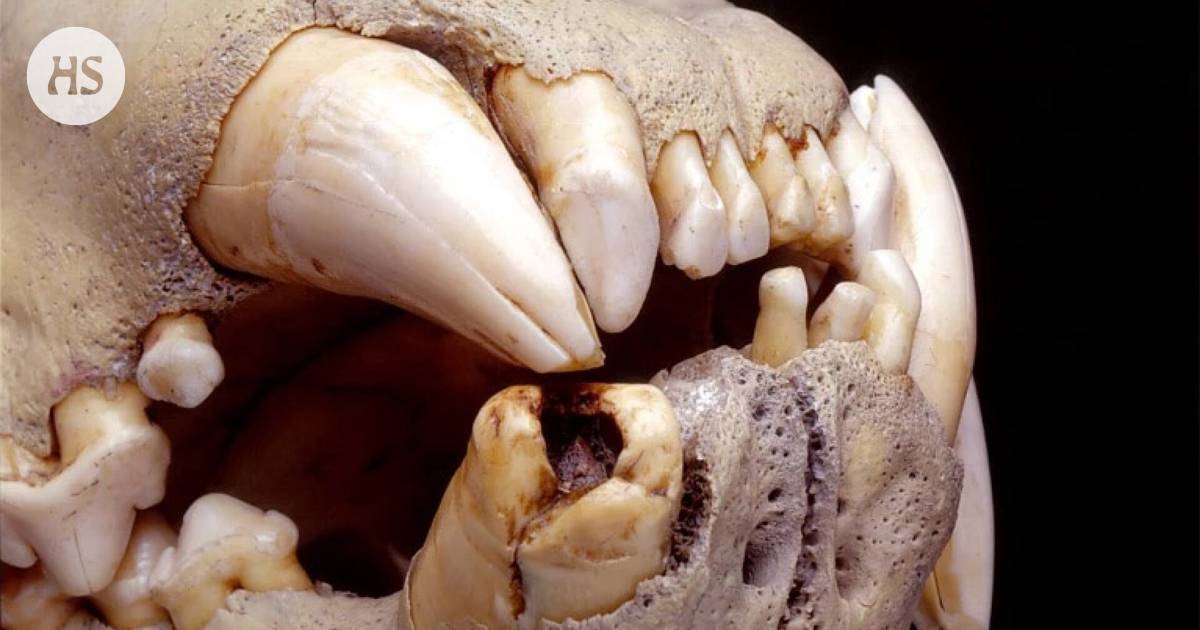History|Famous lions killed railway builders in Kenya in the late 19th century.
The summary is made by artificial intelligence and checked by a human.
The two male lions are known as the man-eaters of Tsavo.
Lt. Col. John Henry Patterson shot the lions in 1898 and sold them to the Field Museum of Natural History.
DNA research revealed the lions’ diet: giraffes, zebras, antelopes and humans.
The researchers plan to find out if a more detailed analysis of these dna is suitable for the possible descendants of the victims.
Rarely the animal has become as famous as the two maneless male lions known as the man-eaters of Tsavo.
In 1898, the duo began killing railway bridge builders in the Tsavo region of Kenya.
According to current information, there were at least 31 victims before the bridge site manager John Henry Patterson finally managed to shoot the lions. He was both an engineer and a lieutenant colonel.
John Henry Patterson was the first to shoot a lion in Tsavo.
He later sold the animals to the Field Museum of Natural History in Chicago, USA. They are still there today.
Another one thousands of hairs have been excavated from the socket of a lion’s broken canine tooth, originating from prey animals caught in the beast’s clutches.
Now DNA research has progressed enough that it has been possible to find out from whom the hairs have come off.
This is how the lions’ diet came to be. It was released last week in Current Biology.
Judging by the hairs, the menu included at least giraffe, zebra, waterbuck and wildebeest – as well as humans.
A new generation of lions in Tsavo in 2020.
In the previous ones studies have estimated that lions ended up eating people because of painful dental problems.
In addition to a broken canine, another was missing teeth from the lower jaw. The pulp of the second tooth was exposed.
The laborers who slept in the tented camp were easier and softer prey than the fleeing antelopes.
Next, the researchers plan to find out with the local community whether it is suitable for the possible descendants of the victims to have the DNA of the people caught in the lion’s teeth analyzed in more detail.
